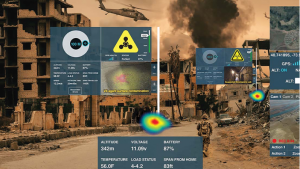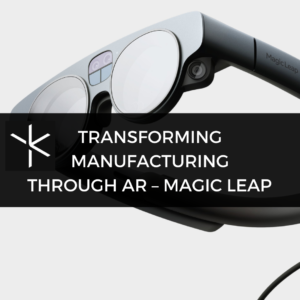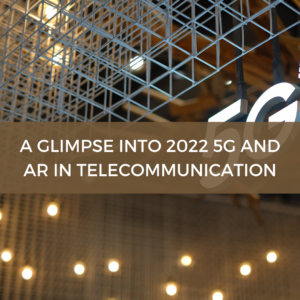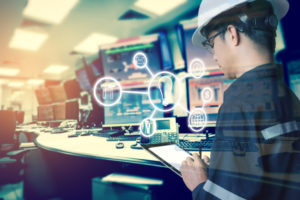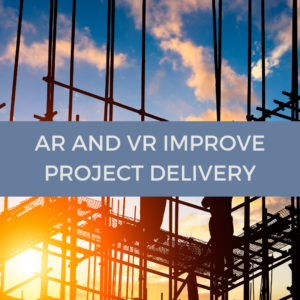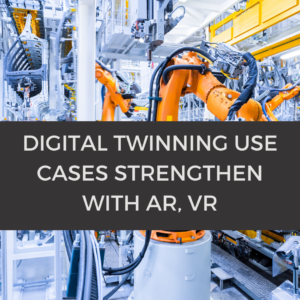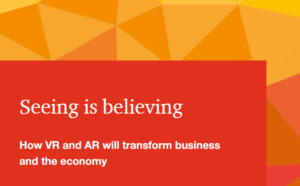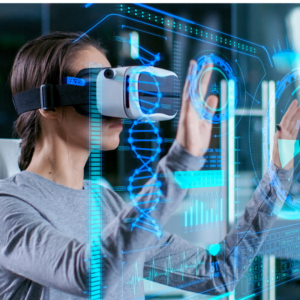AR in Marketing
With the average person being exposed to between 6,000 and 10,000 advertisements per day, a successful ad has to stand out to gain any traction.
Fortunately, marketing mediums can now be brought to life using AR. Using this technology, marketers can utilize 3D animations in brochures, billboards, and even on storefronts. When ads incorporate AR, it’s almost like the viewer is playing a video game, which keeps them engaged and interested in what’s being advertised.
Coca-Cola, for example, created a successful AR ad for its Arctic Home Campaign. This campaign focused on protecting polar bears and maintaining their habitats. Through an interactive ad, visitors could attend an augmented reality event at the Science Museum in London and interact with virtual animals. This innovative event took Coca-Cola’s campaign from mere words on a page explaining why saving polar bears was important to creating a connection between viewers and the cause.
Taco Bell has used AR to advertise itself in sillier ways. Using a Snapchat filter, users were able to turn their face into a Taco Bell taco and share it with friends through the app. Other companies like Starbucks have made a game of getting an iced coffee, designing filters that help consumers decide which Starbucks drink to buy.
AR in Manufacturing
Augmented reality has provided excellent solutions for manufacturing businesses everywhere, from spotting errors to assembling a 3D prototype.
Training
The great part of augmented reality is that there isn’t a need to waste valuable material when training employees. In the past, when a new factory employee came in and, while being trained, had to conduct a repair on a vehicle or equipment, a mistake could cost time and resources.
With ongoing advancements in tech, AR has become a valuable tool for manufacturers to train less experienced employees to reassemble and repair equipment through a realistic simulation. NASA is actively experimenting with using AR to train employees on doing repairs in outer space. The technology they utilize, Microsoft’s HoloLens headset, allows workers to “see” data that simplifies repairs.
Boeing also uses AR glasses powered by Skylight to guide technicians in wiring hundreds of planes a year.
Maintenance
Augmented reality can also be used to assess the status of equipment, from temperature, potential points of failure, and even rate of vibration. This is especially useful for preventative maintenance and to avoid costly repairs or even business shutdowns. This also makes tracking whether a piece of equipment is due for service more manageable.
GE Aviation reports that by adding AR into their facilities, they have experienced upward of a 12% increase in efficiency. Meanwhile, Caterpillar created an app that uses AR so that technicians can perform maintenance tasks on CAT machines by following sequential instructions.
Product Development
When developing a new product, it’s important to assess any potential process problems or quality issues before it makes its way to the consumer. Fortunately, with the integration of augmented reality in product development, AR basically lets you “sit inside your design as you’re creating it,” or, truly visualize its inner and outer workings.
While pen and paper will never go out of style, digital visualizations streamline workflows and also make employee collaboration much easier — this is especially true in a time when meeting in person isn’t always possible.
AR technology also allows engineers and designers to make further design changes or variations to a product in real-time using augmented reality before casting it to the entire team. This means different ideas and designs can be tested before a prototype is actually created.
According to Microsoft, the digitization of sales and manufacturing has also reduced delivery times by as much as four times for companies like Thyssenkrupp. Thyssenkrupp, an industrial engineering and steel production company, has used Microsoft’s HoloLens to develop mobility solutions to “help people overcome physical limitations.”
A few other benefits of AR in product development include:
- Walking inside 3D models
- Examining details from all angles
- Providing live feedback
- Making flexible adjustments
Inventory
Inventory management can benefit greatly from augmented reality, as workers can use AR headsets or tools to receive order picking instructions, the location of products, and other useful information.
Walmart announced plans in 2020 to turn four of its brick and mortar locations into “test stores” to prototype and test solutions for products in real-time.
As well, to enhance internal processes, Walmart developed an app to accelerate the time it takes to get products on the sales floor. “Instead of scanning each box individually, associates just hold up a handheld device, and the app uses augmented reality to highlight the boxes that are ready to go,” said a release from Walmart.
AR in Healthcare
What if it were possible to see bones and organs without having to physically cut open a patient’s body? With augmented reality, surgeons can determine where to make injections, locate veins for drawing blood, perform low-risk surgeries, and save time in emergency situations.
Using AR, surgeons can enter patient CT scans and MRI data into AR headsets before surgery. This allows them to overlay this information and determine problem areas before any physical procedure takes place.
In February of 2021, Johns Hopkins performed its first augmented reality surgeries in living patients. The first surgery, which required placing multiple screws into a spine to relieve back pain, and the second surgery, one to remove a cancerous tumor, were both successful. The physicians used a headset with see-through eye displays to see images of each patient’s bones and tissue from previous CT scans, “essentially giving the surgeons X-ray vision.”
During the COVID-19 pandemic, doctors in London also utilized AR technology to keep healthcare employees safe. Using HaloLens, a live feed was streamed onto a computer screen in a nearby room, which let healthcare professionals see what the doctor was seeing when treating a patient.
Tools like Curiscope have also created an immersive experience for children to learn about the body. The “Virtuali-tee Human Body T-shirt” and accompanying app by Curiscope displays colorful and realistic human organs for educational purposes.
Where will augmented reality go from here? Maybe Pokémon Go will get its second wind of mass popularity or perhaps the new big thing will be the Metaverse, which mixes augmented and virtual reality into one.
